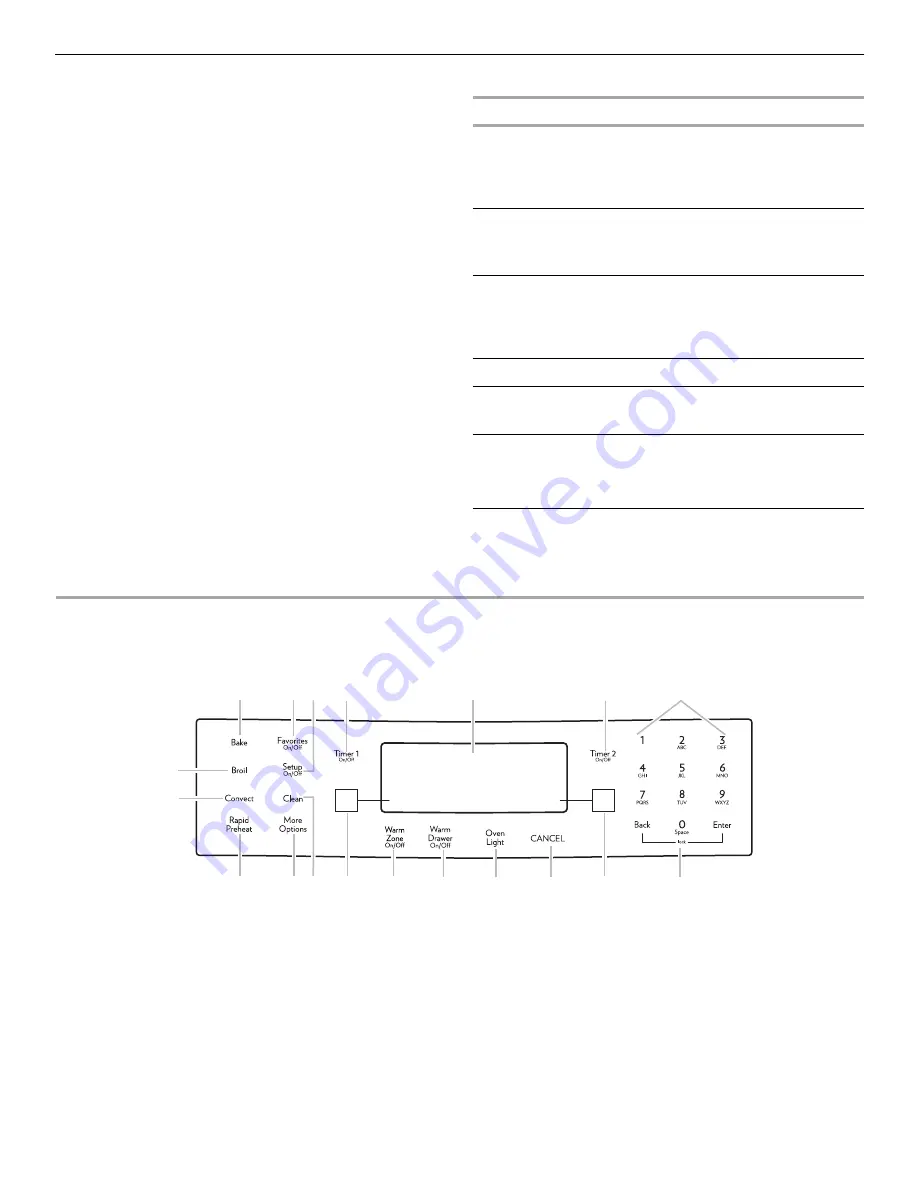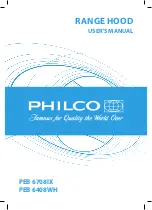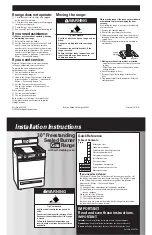
8
Cookware
IMPORTANT: Do not leave empty cookware on a hot surface
cooking area, element or surface burner.
Ideal cookware should have a flat bottom, straight sides and a
well-fitting lid, and the material should be of medium-to-heavy
thickness.
Rough finishes may scratch the cooktop or grates. Aluminum and
copper may be used as a core or base in cookware. However,
when used as a base they can leave permanent marks on the
cooktop or grates.
Cookware material is a factor in how quickly and evenly heat is
transferred, which affects cooking results. A nonstick finish has
the same characteristics as its base material. For example,
aluminum cookware with a nonstick finish will take on the
properties of aluminum.
Cookware with nonstick surfaces should not be used under the
broiler.
Use the following chart as a guide for cookware material
characteristics.
ELECTRONIC OVEN CONTROLS
JES8850, JES8860
COOKWARE
CHARACTERISTICS
Aluminum
■
Heats quickly and evenly.
■
Suitable for all types of cooking.
■
Medium or heavy thickness is best for
most cooking tasks.
Cast iron
■
Heats slowly and evenly.
■
Good for browning and frying.
■
Maintains heat for slow cooking.
Ceramic or
Ceramic glass
■
Follow manufacturer’s instructions.
■
Heats slowly, but unevenly.
■
Ideal results on low to medium heat
settings.
Copper
■
Heats very quickly and evenly.
Earthenware
■
Follow manufacturer’s instructions.
■
Use on low heat settings.
Porcelain
enamel-on-
steel or cast
iron
■
See stainless steel or cast iron.
Stainless steel
■
Heats quickly, but unevenly.
■
A core or base of aluminum or copper
on stainless steel provides even
heating.
A. Bake
B. Favorites
C. Setup
D. Timer 1
E. Display
F. Timer 2
G. Number pads
H. Broil
I. Convect
J. Rapid preheat
K. More options
L. Clean
M. Quickset pads
N. Warm zone
O. Warm drawer
P. Oven light
Q. Cancel
R. Lock
B
A
B C
D
E
F
G
M
P
O
N
M
L
K
J
H
I
Q
R









































